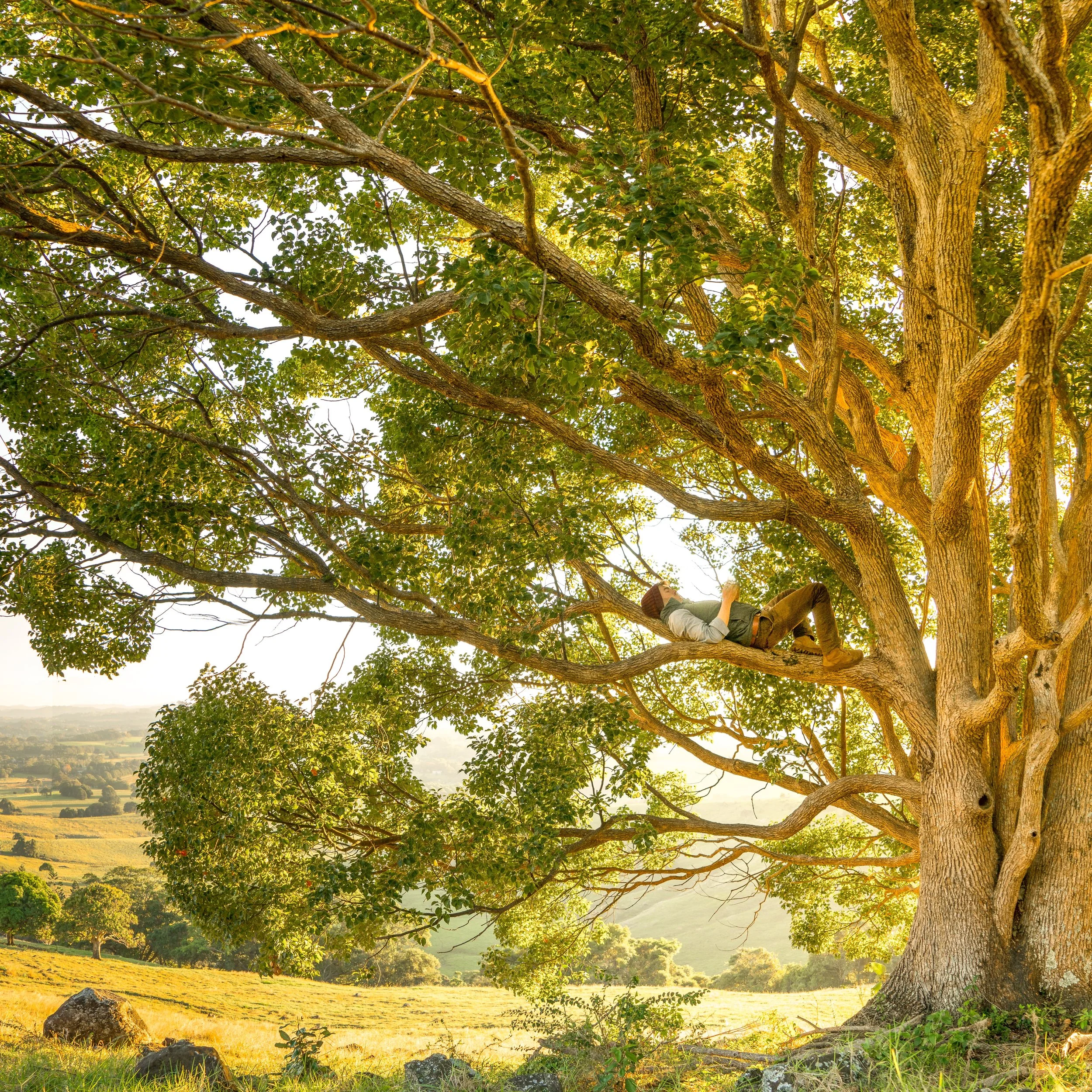10 Ways to Navigate Life’s Challenging Changes
Right about now, millions of students, school personnel, and parents are in the throes of the annual back-to-school transition. This season entails the anticipation of meeting new friends and teachers, learning unknown subjects and concepts, and establishing fresh goals and expectations. Each August marks the beginning of a new adventure!
If you have friends with kids and you’re on any form of social media, you are likely beginning to see the excited (or embarrassed) faces of children holding signs that say “First Day of __ Grade.” It’s a way to track development over the years, and when we’re young the changes seem more remarkable—one year it’s missing front teeth, then braces, bangs, facial hair, not to mention the evolving sense of styles.
Changes in our physical appearance may seem less dramatic in adulthood. (We hope!)
We are constantly moving through inevitable shifts and seasonal cycles in our respective lives.
Even if you’re not directly impacted by the start of a new school year, you likely have vivid memories of your own transitional experiences…
Starting college or a new job, saying goodbye to someone you love, or saying “yes” to a fresh opportunity.
We endlessly navigate the nuances of our life-to-death continuum with all its surprising starts and stops, rises and dips, twists and turns. Getting married or splitting up. Welcoming a new baby or adjusting to an empty nest. Freezing eggs or surrendering to the waning biological clock. Changing careers or preparing for retirement. Moving away to a new city or relocating closer to support aging parents. We face countless daily decisions ranging from easy and safe, to slightly stressful, to nauseatingly terrifying.
More than the actual events or changes we encounter, the emotions accompanying our experiences are what create the climate of our personal seasons. By this definition, seasons can feel turbulent or peaceful, productive or receptive, solitary or social, rife with struggle or retreat in surrender.
Eventually, seasons change, but understanding the season we are in can provide clarity in our decisions and patience through the process.
The Byrds put it best in the timeless lyrics of their 1965 hit:
To everything… There is a season turn, turn, turn… A time to be born, a time to die… A time to build up, a time to break down; A time to dance, a time to mourn…
How would you describe the season you are currently experiencing in your life?
Life’s transitions consist of some combination of letting go and starting fresh, grief and excitement, pruning away and growing anew. The greatest challenge is often managing the uncertainty and ambiguity of it all.
At times we may encounter unexpected changes that can leave us feeling confused, disoriented, or even powerless. Roles, responsibilities, or expectations can change suddenly. Our sense of stability or predictability is compromised, and we must find ways to regain our balance, adapt, and re-chart our course.
Other times, we might feel an inner restlessness motivating us to try something new. In these moments we are challenged to initiate change for ourselves. We may deeply desire something different—in a romantic relationship, career, location, or lifestyle—but struggle to find the impetus to act on it.
The human brain (and our default mode of decision-making) is oriented toward homeostasis or return to a predictable baseline. In other words, we’re inclined to stay with what we know. Part of us desperately wants to avoid change.
However, life is not static. Sometimes it’s not even homeostatic. Life is constantly changing!
As living, growing beings, we are also inherently designed to evolve through the process of change.
New experiences help us to branch out in new directions, expanding our capacity, perspective, and potential.
Regardless of whether we find ourselves in a situation where change is imposed upon us, or we realize it’s up to us to initiate a desired change, both situations entail uncertainty. We teeter between taking risks and staying with what feels safe and familiar.
In these seasons of change, we realize how ambiguous and precarious life can be.
When we are nudged outside of our comfort zone, we have the opportunity to develop skills and practices to navigate the infinite transitions we encounter throughout our lifespan.
10 Ways to Navigate Life Transitions:
Accept change as an inevitable. Acceptance doesn’t mean we agree or condone. Not all change is desirable. Nor does it mean we should forfeit or give up. Acceptance involves acknowledging the reality of the situation as a starting point. The reality is, life is impacted by countless variables at any given moment. Embrace your unique dynamic experience!
Promote calm. When we shift into a parasympathetic (rest and restore) mode, we are better able to access the creative problem-solving and executive functions of our brain. What helps you to feel calm and at ease in your mind and body? Adequate sleep, balanced diet, exercise, and meditation are considered the gold standard. However, don’t underestimate the calming powers of music, art, nature/animals, and laughter.
Find your groove. During times of significant change or uncertainty, establishing a consistent schedule (meal times, sleep cycles, rituals, and routines) can help to provide a sense of stability and predictability that helps our brain relax a little.
Foster flexibility. While structure and routine might offer us a sense of safety, it is our ability to respond flexibly to unknown or uncertain situations that keep us from snapping under pressure.
Stretch the spectrum—Rarely is there only one right way to see or interpret any given situation. Consider how your approach, perception, or response might glide along various points of a continuum. Explore different options that feel acceptable for you.
Go with the flow—Tapping into our more fluid nature helps us to respond spontaneously and instinctively. Imagine the way a river moves effortlessly around a giant boulder, or how falling rain becomes absorbed in the earth. When we embody more fluidity, we move more easily around obstacles and feel less concerned with where we land on the ever-shifting ground beneath us.
Surround yourself with support. Whether it’s a weekly brunch date with a partner, a late-night call to a trusted friend, or a walk in the park with your favorite podcast host, be selective about your choices of information and support. Consume advice with discernment, and nourish yourself with sources of hope and encouragement.
Get curious. Creative inquiry can be the unsuspecting window to courage in times of challenging transitions. Ask yourself questions from different points of view. Begin observations or reflections with “I wonder…” This opens us up to fresh possibilities.
Zoom out to achieve a broader perspective—The wider our lens, the more of the picture we see. This view helps us to recognize more potential solutions and alternatives.
Mind the gap. Carefully consider where you are currently and where you want to be on the other side of the transition. How wide is the discrepancy? Identify a range of small to significant action steps to get you closer to your goal. How will you measure the progress?
Be patient. The transition process takes time. Give yourself grace as you adjust to any new situation. Though we are adaptive beings, it’s a process. Consider setting checkpoints or milestone markers for yourself to assess and/or reward your progress.
Discover moments of comfort. Seeking out comfort and simple pleasures in times of stress and discomfort is critical for our stamina and endurance during transition and uncertainty. You might find comfort in a heart-to-heart conversation or hiding under the covers, in a bowl of matzo ball soup or a hot fudge sundae (or both!), a Seinfeld rerun or a run on the treadmill. Explore ways to experience comfort amid the unknown and uncertainty of change.
Trust yourself—You are biologically wired to survive. The more you connect to your intuition and anchor into its deep inner confidence, the more authentically you will move through the changes life brings. It’s natural to stumble or make mistakes along the way, but by cultivating trust in yourself (including mistakes), you can respond with more resilience and equanimity.
Whether we are in a season of growth or pruning away, celebration or reflection, starting school or ending a chapter, the more we understand our experience the better we are able to navigate it.
We access our inner steadiness through compassion.
We gain courage through curiosity.
Embracing the endless shifts and changes in life, we are always learning to be more agile and resilient in each dynamic moment.





